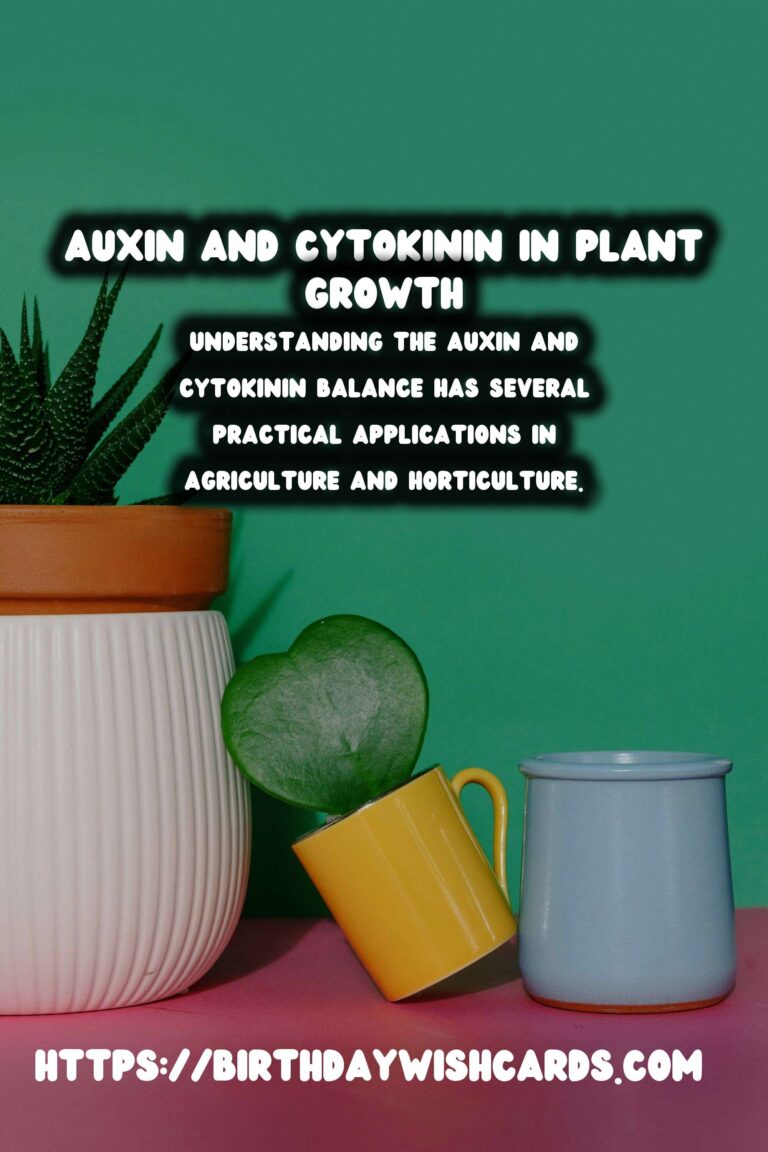
Plant hormones, also known as phytohormones, are crucial for the regulation of growth and development in plants. Among these, auxins and cytokinins play pivotal roles in various physiological processes. Understanding the balance between auxin and cytokinin is vital for optimizing plant growth and development.
What are Auxins?
Auxins are a class of plant hormones that primarily influence cell elongation. They are produced in the stem, buds, and root tips and are essential in coordinating various growth processes. One of the most well-known auxins is indole-3-acetic acid (IAA). Auxins promote stem elongation, inhibit growth of lateral buds (maintaining apical dominance), and are involved in root formation.
Functions of Auxins
Auxins are involved in the following key functions:
- Cell elongation: Auxins facilitate the elongation of cells in young shoots and are crucial for the growth of plant parts.
- Apical dominance: The presence of auxin in the apical bud inhibits the growth of lateral buds, allowing the dominant shoot to grow taller.
- Tropisms: Auxins play a role in phototropism and gravitropism, allowing plants to grow towards light and against gravity.
- Root initiation: Auxins promote the formation of roots from stem cuttings and play a role in the development of root architecture.
What are Cytokinins?
Cytokinins are another class of plant hormones that promote cell division in plant roots and shoots. They are primarily synthesized in the roots and travel upwards to the aerial parts of the plant. Cytokinins have a significant role in promoting cell division, delaying leaf senescence, and influencing nutrient mobilization.
Functions of Cytokinins
Cytokinins are involved in the following functions:
- Cell division: Cytokinins stimulate the division of cells in plant roots and shoots.
- Delay of senescence: They help delay the aging process of leaves by maintaining chlorophyll content.
- Nutrient mobilization: Cytokinins facilitate the movement of nutrients within the plant, ensuring proper growth and development.
- Shoot initiation: They promote shoot formation from tissues and are used in tissue culture to encourage shoot growth.
The Balance Between Auxin and Cytokinin
The balance between auxin and cytokinin is crucial for plant growth and development. This balance determines the formation of roots and shoots. A higher concentration of auxin relative to cytokinin promotes root formation, whereas a higher concentration of cytokinin relative to auxin favors shoot formation. This interplay is essential for proper plant morphology and adaptation to environmental conditions.
In tissue culture, manipulating the auxin-to-cytokinin ratio can help in regenerating plants from cells or tissues. A low auxin-to-cytokinin ratio encourages shoot formation, while a high ratio promotes root formation. This understanding is utilized in agricultural practices to propagate plants efficiently.
Practical Applications
Understanding the auxin and cytokinin balance has several practical applications in agriculture and horticulture. By manipulating these hormones, farmers and gardeners can optimize plant growth, improve crop yields, and propagate plants more effectively.
For instance, applying synthetic auxins can help in rooting cuttings, while cytokinins can be used to promote shoot growth in tissue cultures. Additionally, hormonal treatments can improve the quality and quantity of fruit production, enhance stress tolerance, and aid in overcoming dormancy in seeds.
Conclusion
The balance between auxin and cytokinin is a critical factor in plant development. By understanding and leveraging this balance, we can enhance plant growth, improve agricultural practices, and contribute to sustainable farming solutions. Continued research in this field will further unveil the complexities of plant hormone interactions and their potential applications.
Plant hormones, also known as phytohormones, are crucial for the regulation of growth and development in plants. Auxins promote stem elongation, inhibit growth of lateral buds, and are involved in root formation. Cytokinins promote cell division, delay leaf senescence, and influence nutrient mobilization. The balance between auxin and cytokinin is crucial for plant growth and development. Understanding the auxin and cytokinin balance has several practical applications in agriculture and horticulture. 
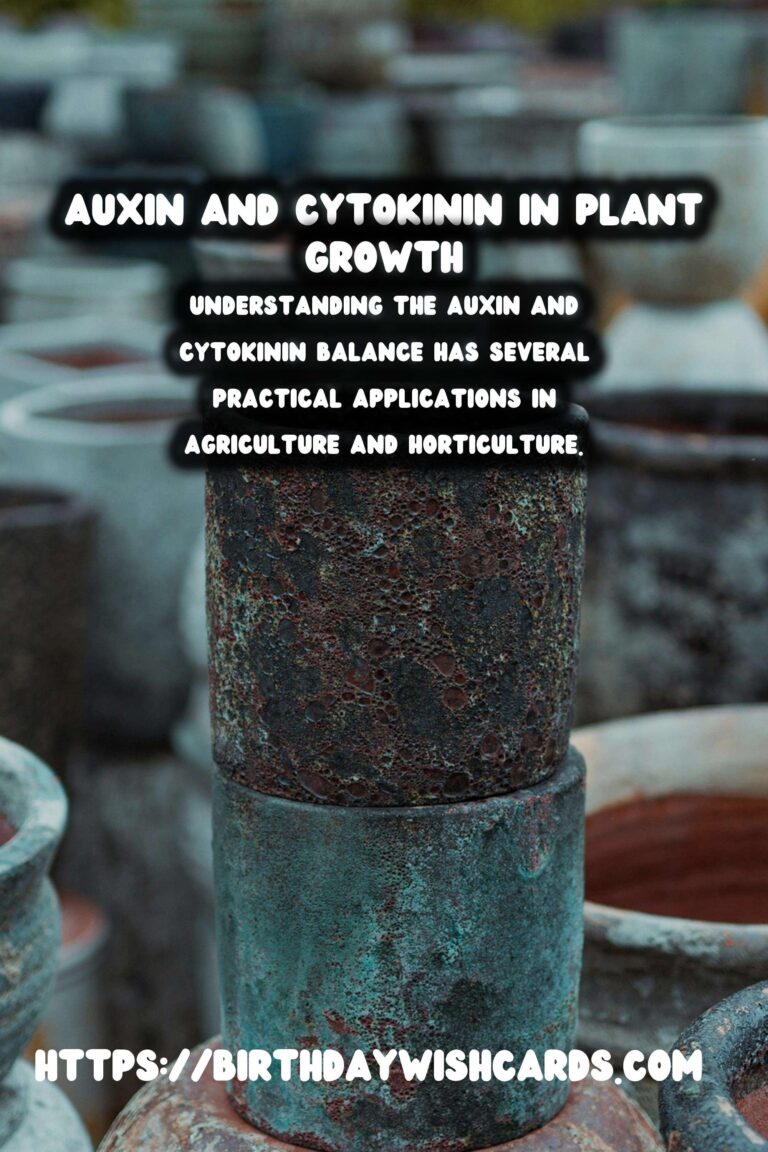
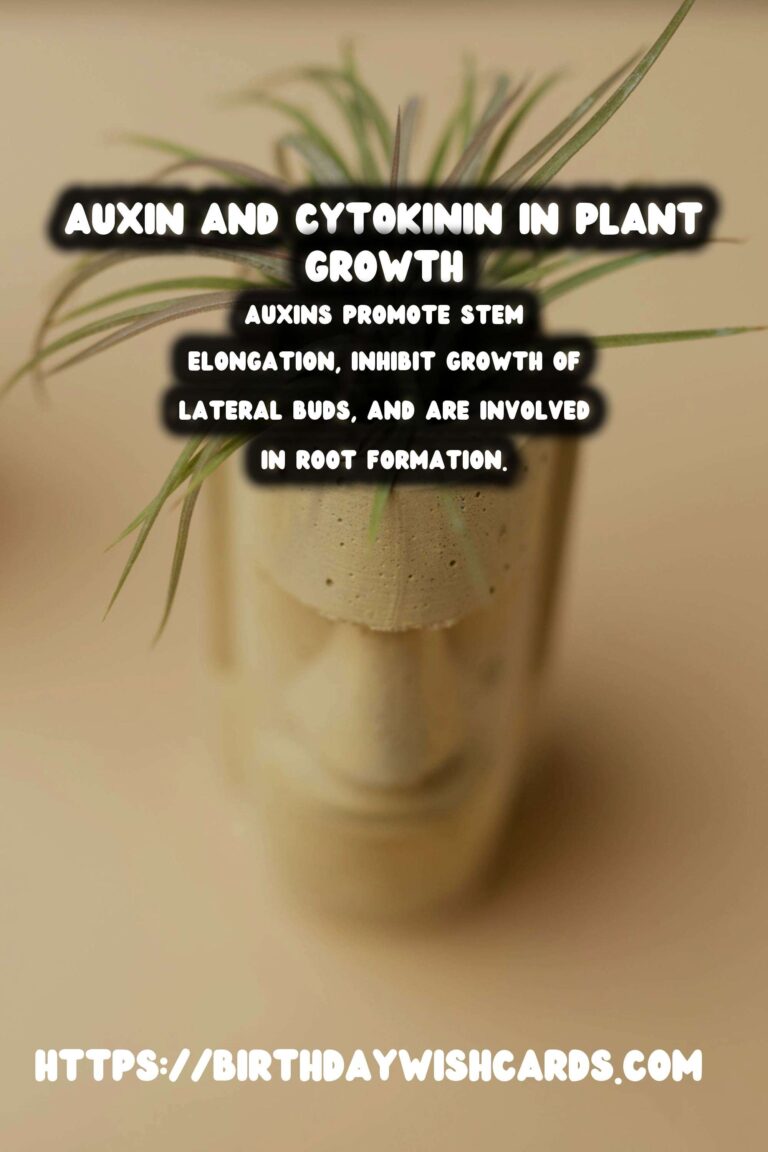
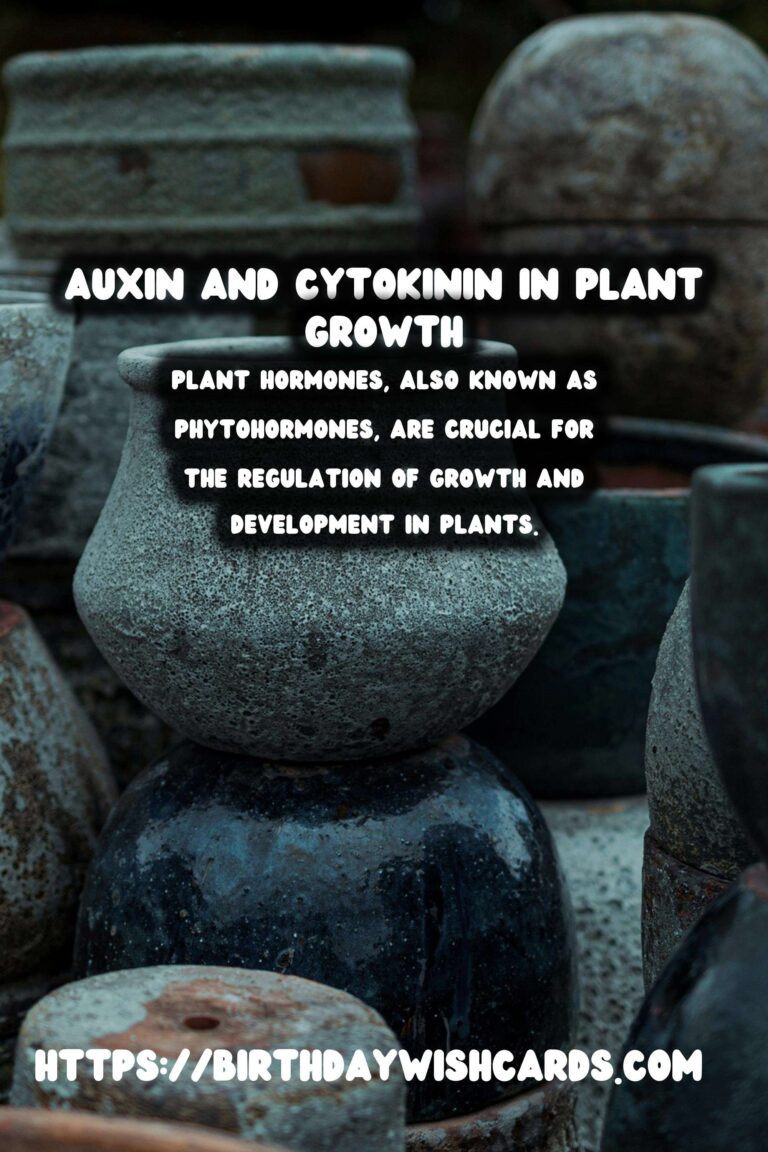
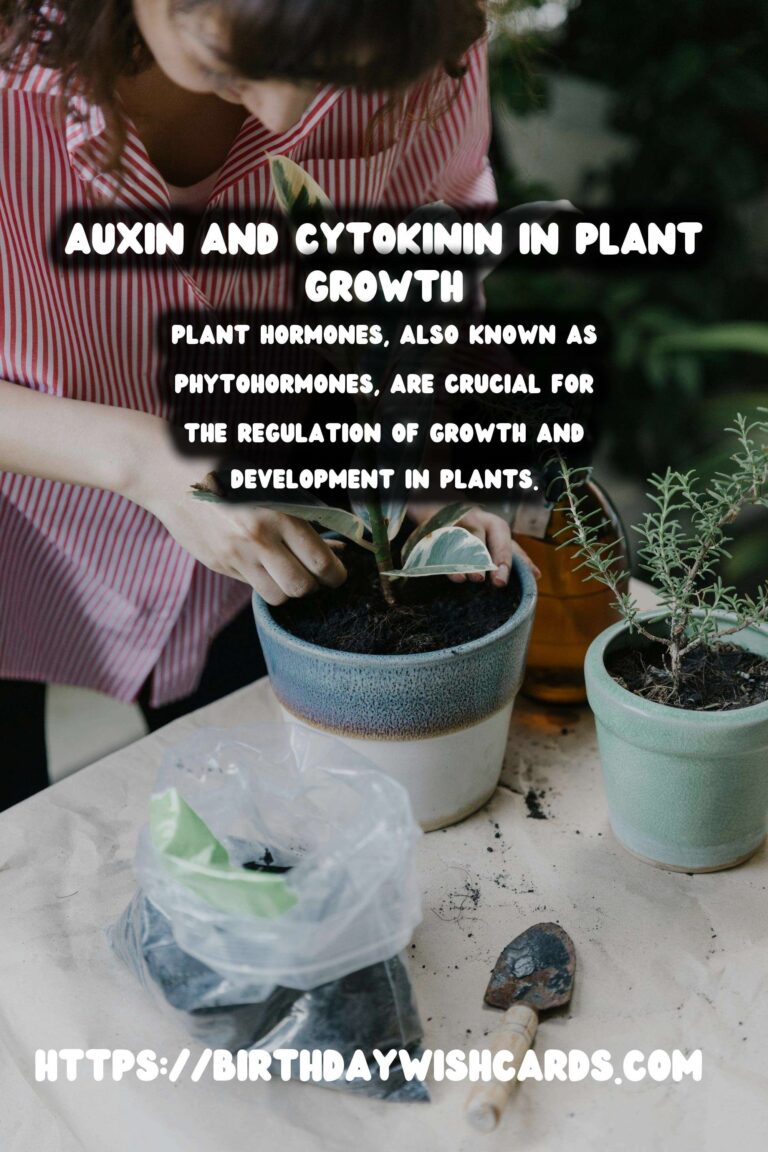
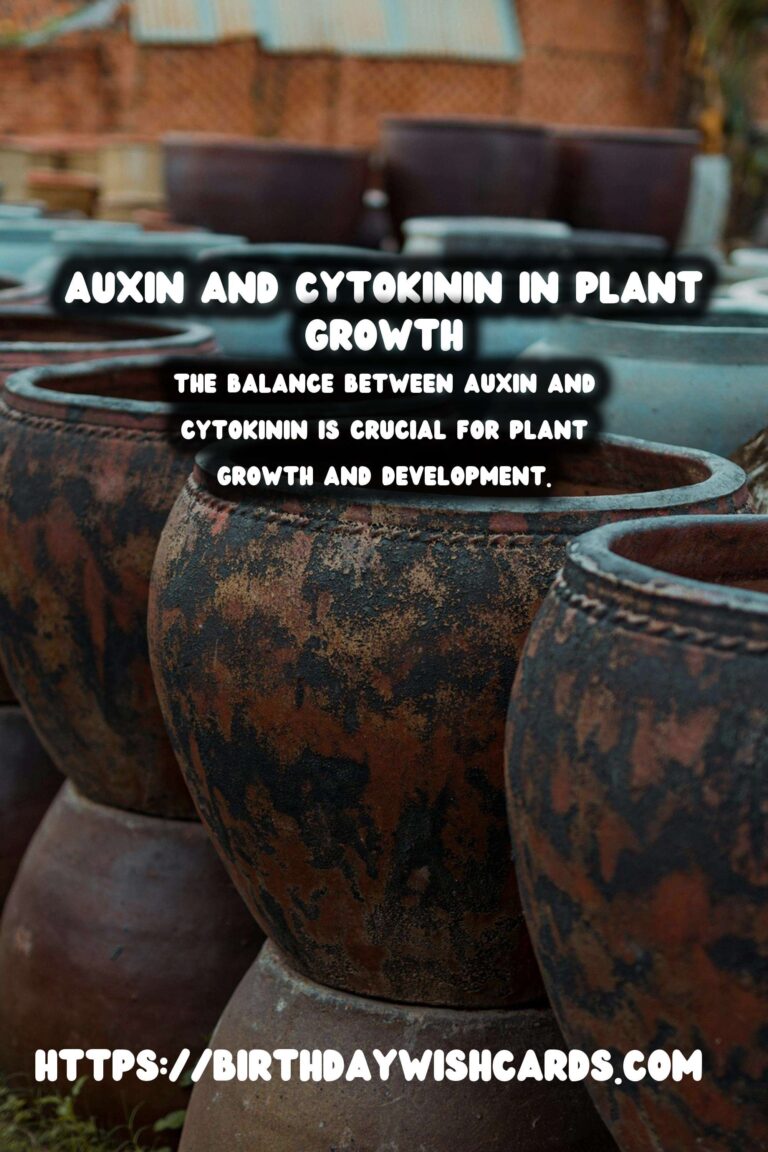
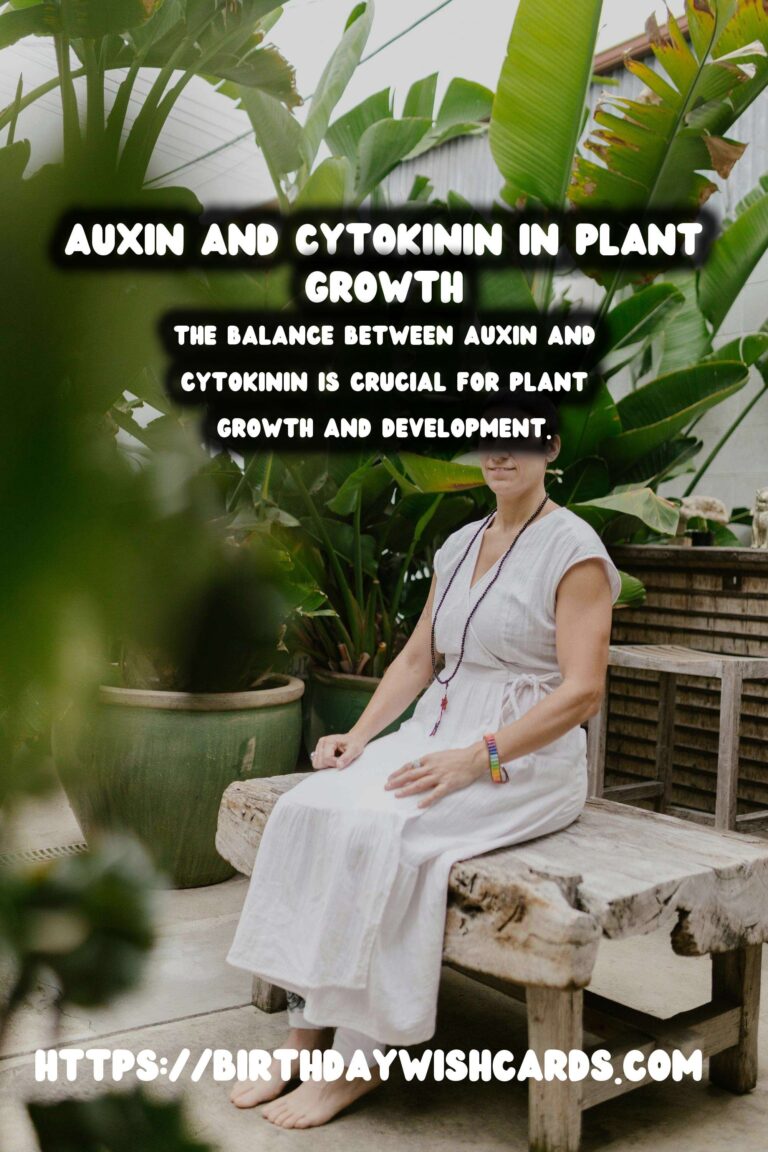
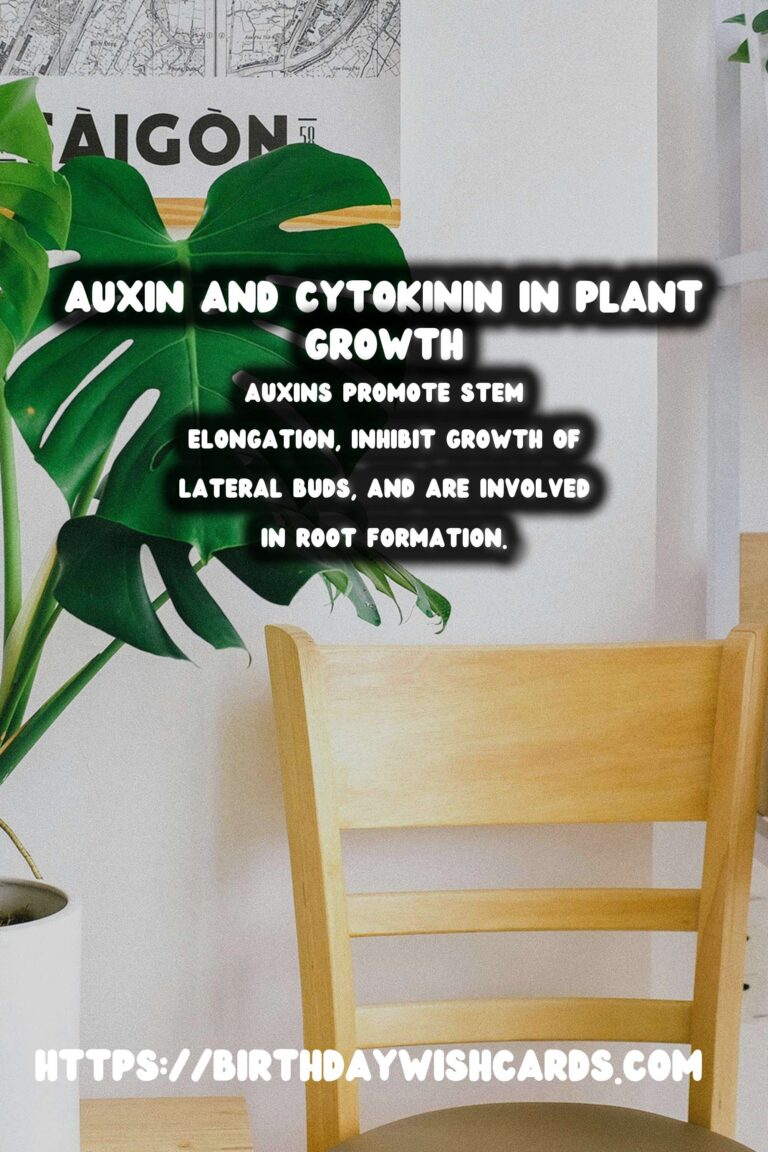
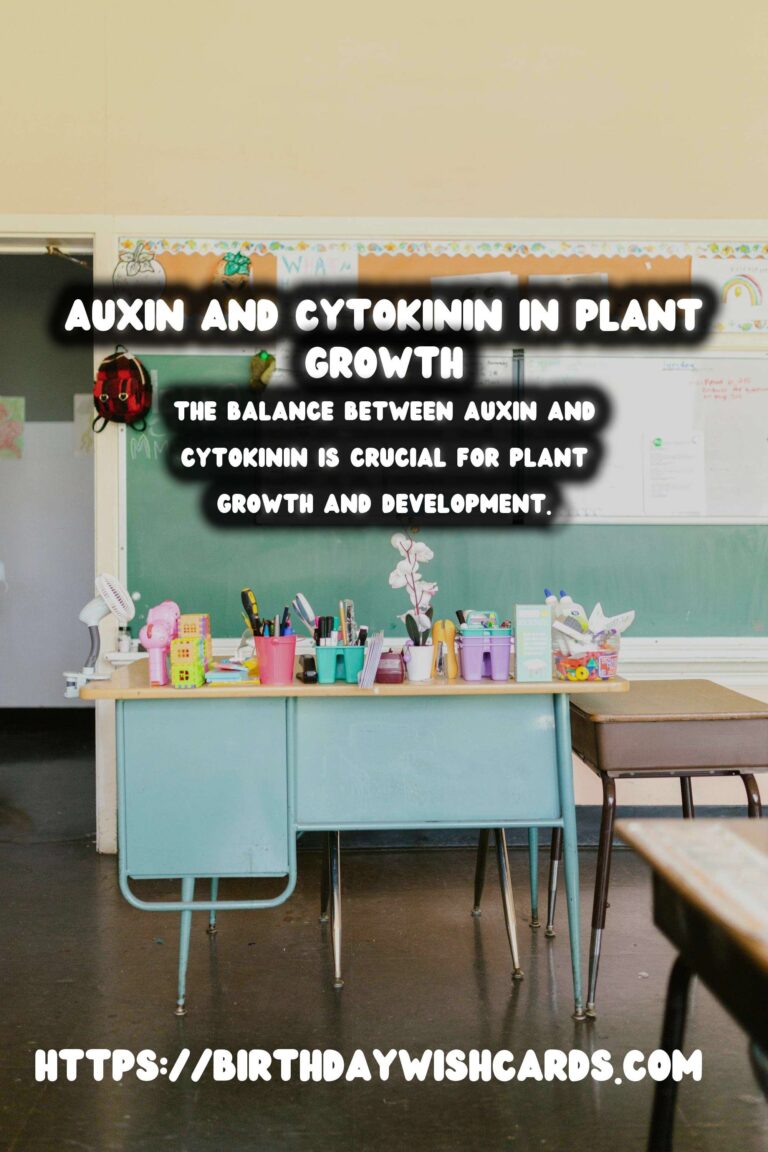
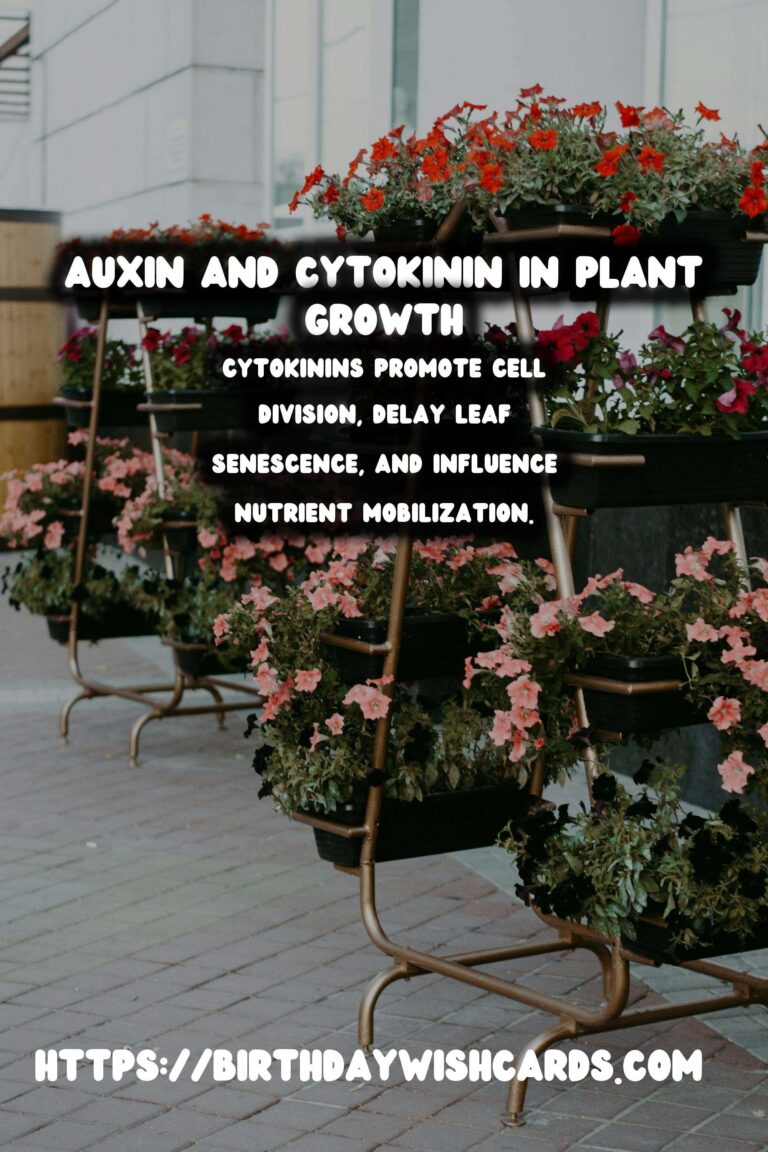
#PlantHormones #Auxin #Cytokinin #PlantGrowth #Agriculture



